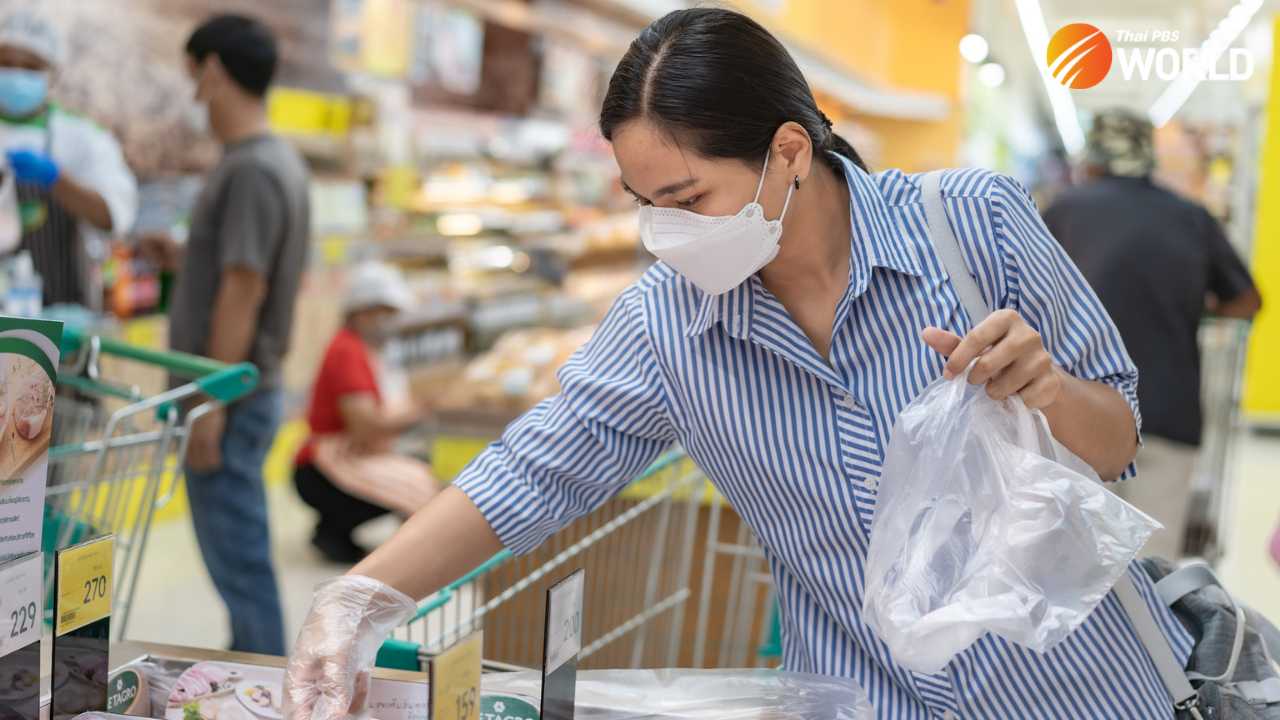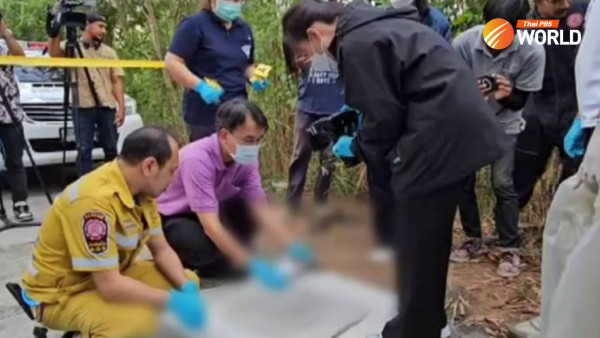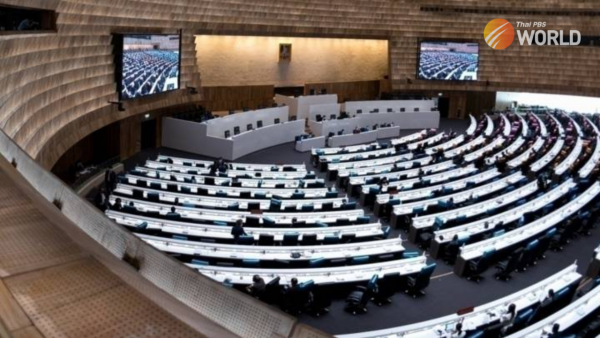Thais urged to adopt “Smart Control and Living with COVID-19” concept

Prime Minister Prayut Chan-o-cha urged the public and private sectors and all Thais today (Saturday) to apply the 10-point “Smart Control and Living with COVID-19” concept, so the country can overcome the coronavirus crisis.
In his Facebook post, the prime minister said that it is recognised globally that COVID-19 is constantly mutating and spreading rapidly and easily. So, the realistic objective is not to get rid of the disease, at huge social and economic cost, but to live with the disease “safely and in a balanced way,” said the prime minister, as he explained the concept, which is designed to control the contagion while enabling people to live their lives safely.
He said that some aspects of the concept have already been implemented, resulting in a reduction in daily infections, while the remaining points are to be implemented from of September 1st.
The ten points of the concept are:
- Universal prevention, based on maximum self-protection, as everyone is a potential carrier there is a need for social distancing, the wearing of face masks at all times when near other people, regular washing of hands and measuring of body temperature.
- Procurement of sufficient vaccines and mass vaccinations, especially for vulnerable people. The prime minister said that, by the end of this year, Thailand will have procured 130 million doses of vaccines to inoculate more than 65 million people.
- Procurement of antigen test kits (ATK) for free distribution. The prime minister said that the National Health Security Office has already bought 8.5 million ATKs and more will be procured in the future.
- “Bubble and seal” measures at factories and construction worker dormitories to screen, separate and treat those infected without the need to close the factories.
- Mass screenings with ATKs in risk areas, such as wet markets and crowded communities.
- Vaccination of personnel in work places or public venues and ensuring customers are vaccinated as well.
- Safe work places, especially those with many employees, to contain the disease and to keep public transport safe.
- Avoidance of congestion, close contact and confined or enclosed spaces in public venues or when social activities are conducted.
- Active screening of vulnerable people or in high risk areas and greater access to treatment and vaccinations for bed-ridden patients or people cannot help themselves.
- Quick separation of the infected from the others, through mass screenings and the creation of home and community isolation facilities to accommodate those with no or mild symptoms.






